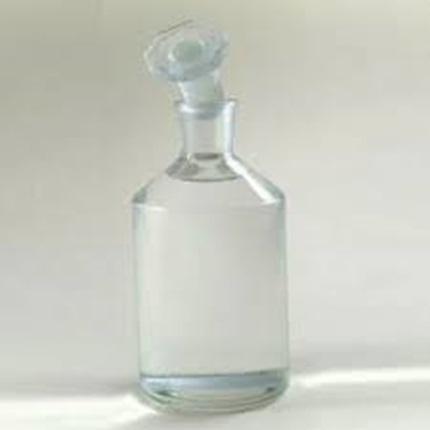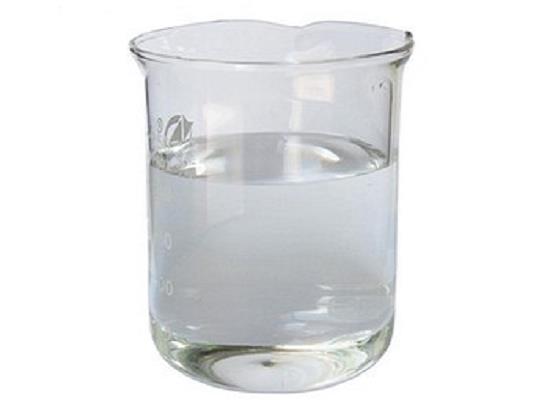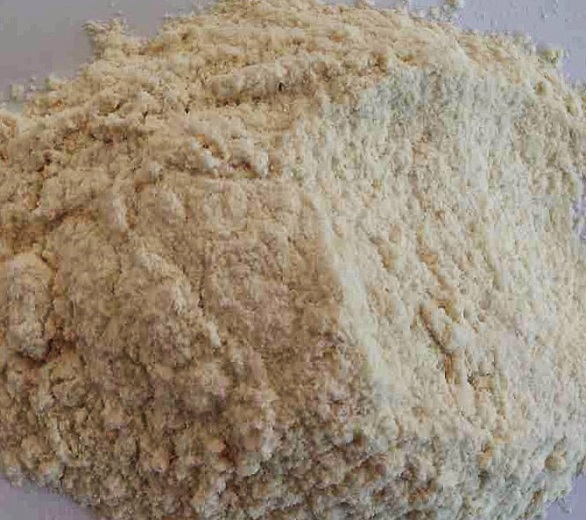Butyl Isocyanate: A Versatile Chemical with Broad Applications
Butyl Isocyanate is a colourless liquid, the vapour mixes well with air, explosive mixtures are easily formed.

Preparation method
A preparation method of butyl isocyanate is characterized by comprising the following steps:
(1) adding dimethylbenzene into a reaction kettle, and introducing phosgene through a phosgene introducing pipe, wherein the weight ratio of phosgene to dimethylbenzene is 5-20%;
(2) slowly dropwise adding n-butylamine at the low temperature of-20-30 ℃, wherein the weight ratio of the n-butylamine to the dimethylbenzene is 5-20%;
(3) after the dropwise adding is finished, stirring for reaction, and heating to 90-150 ℃ at a heating rate of 5-20 ℃/h;
(4) at the high temperature of 90-150 ℃, slowly supplementing phosgene, wherein the molar ratio of the phosgene to n-butylamine is 1.2-3: 1, until the material is in a clear and transparent state;
(5) stopping introducing phosgene, reacting for 1-5 hours, and removing phosgene with nitrogen;
(6) and rectifying to obtain the butyl isocyanate product.
Chemical dangers
Butyl Isocyanate may polymerize due to heating. Decomposes on burning. This produces toxic gases including nitrogen oxides and hydrogen cyanide. Reacts violently with strong oxidants and water.
Hazards
Highly flammable liquid and vapour
Fatal if inhaled
Harmful if swallowed
Causes severe skin burns and eye damage
May cause allergic skin reaction
Causes damage to lungs if inhaled
Storage
Fireproof. Separated from strong oxidants and food and feedstuffs. Cool.
You may like
Related articles And Qustion
See also
Lastest Price from Butyl isocyanate manufacturers

US $15.00-10.00/KG2021-07-13
- CAS:
- 111-36-4
- Min. Order:
- 1KG
- Purity:
- 99%+ HPLC
- Supply Ability:
- Monthly supply of 1 ton

US $15.00-10.00/KG2021-07-10
- CAS:
- 111-36-4
- Min. Order:
- 1KG
- Purity:
- 99%+ HPLC
- Supply Ability:
- Monthly supply of 1 ton




